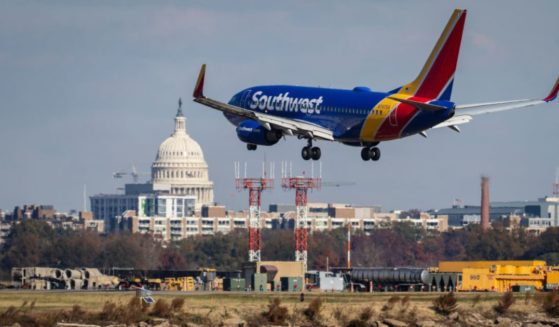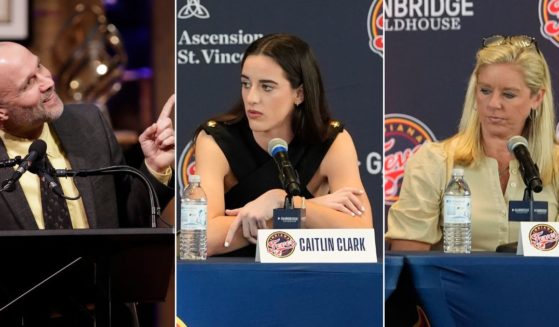Skeletons Believed To Be Remains of Revolutionary War Heroes Discovered Beneath Historic House
Three skeletons found beneath an 18th-century house in Ridgefield, Connecticut, could be soldiers killed in the Revolutionary War battle that took place in the area in April 1777.
Connecticut State Archaeologist Nicholas Bellantoni said workers cementing the dirt basement of the house found one skeleton in November, according to Fox News. Two more were found later, he said. Officials said they have not found any indication of wounds on the remains.
Although the final verdict is not yet in, Bellantoni believes the remains are Revolutionary War soldiers.
“Because of the battlefield, they had little choices in terms of where to bury them, they had to bury them hastily,” he said. “After the battle, we know that [the British] spent the night in Ridgefield – that gave them the time to strip the bodies and bury them.”
“We’re not 100 percent sure but I think it’s safe to say we’re 85 to 90 percent sure or we wouldn’t be here,” Bellantoni said at a community meeting about the discovery, according to the NewsTimes.
Three Skeletons found on #Ridgefield Main Street Property: “We are 85% to 90% sure they [t… https://t.co/Idsp0sPoUO pic.twitter.com/5FE68iIira
— HamletHub Ridgefield (@HamletHubRidge) December 18, 2019
“There are a lot of things that could disprove our hypothesis that these men were soldiers, but I have yet to find any of those things,” he said.
“[W]hat we were seeing is a hasty burial of three adult men, two of whom look to have been stripped of their clothes, which was the British custom at the time for infantry men or non-officers in the army.”
Bellantoni said nothing yet is definitive.
“These could just be three strong farm boys. But they also could be artillery men who had been used to drag British weapons down from Danbury to Ridgefield,” he said.
Author and local historian Keith Marshall Jones III offered the group his guesses.
“The first and most likely outcome is that they were British infantry men, rank and file. Buried dead here shortly after the battle, stripped of their clothes and tossed in a trench,” he said, according to the NewsTimes.
“The second likeliest scenario is that they were loyalist men who had brought whatever artillery they had to the front of the battle … They could also be from Prince of Wales American Volunteers Regiment — loyalists who wanted to prove themselves as diligent and honorable soldiers as the British. They also would have been up front.”
If the skeletons turn out to be men who were fighting against the British, he offered some suggestions.
“They could be from Connecticut’s third, fifth, or sixth regiments of the Continental Army,” Jones said. “Or they could be just some poor farmers who left home, joined the militia and never came back. It’s unlikely this happened. Why? Because we know they were quickly tossed in a shallow grave.”
Tests might settle that question.
Gary Aronsen, the supervisor of Yale University’s biological anthropology laboratories, said, “It’s a challenging aspect to evaluate.”
“We believe the bones are in good enough shape for us to determine, but there are no guarantees,” he said. “There are ways for us to test to determine if someone was born here or if they immigrated here during the early part of American history.”
Truth and Accuracy
We are committed to truth and accuracy in all of our journalism. Read our editorial standards.












